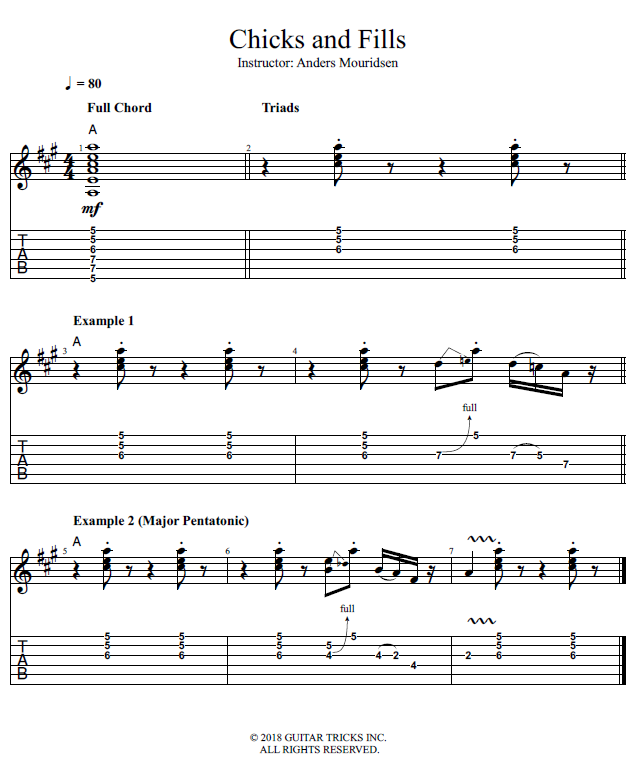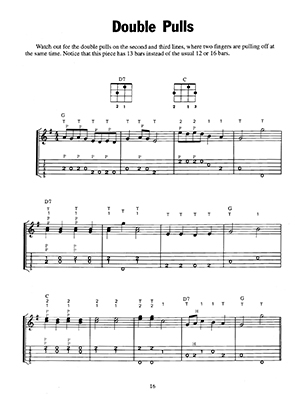
If you moved this same fingering to the 3rd fret it would become the Since the indexįinger is on the 1st fret F note, it is now the F major chord. Notice the index finger to the left covering that fret. Notice the F note at the 1st fret 6th string or Low E This type of bar chord is determined by the note on the 6th string

Index finger determines the major chord being played. The chord is now the F major chord after being barred at the firstįret. The root 6 E type bar chord can be played all along the Low E string. Also notice that the index finger is close to the Index finger is behind the 1st fret and the other fingers have the sameįingering as the open E chord.

Look at the image below the E, notice the same fingering pattern is being played along with the You can use this chord to construct movable root 6 bar chords. The E bar chord is a Root 6 bar chord, which means the chord isĭetermined by the note on the 6th string. You can now play over 15 different chords by moving this root 6, E barĬhord to different positions of the guitar. When youīar the E chord, it has now been converted to a movable majorĬhord. Important because it can easily be converted to many bar chords. Here’s a variation of the standard 12 bar blues.Always remember when you play chords, have your fingersįret the chords as close to the fret as possible. This images demonstrates how you would find the I, IV, and V chords in the key of A using the A major scale: This images shows the standard 12 bar blues progression using roman numerals: This technique will be important later on when we start to play some of the more complicated shuffle rhythms. Make sure the high ‘e’ string is deadened by the index finger and doesn’t play an F # when you strum. Get used to playing the A chord using a partial bar with you index finger. You will need to have this feeling for the chord changes firmly entrenched in your brain before getting into the more complicated 12-bar patterns and rhythms. After a while you should be able to hear the musical tension build up and release with each chord change. The idea here is to learn the chord sequence and begin to feel/hear when the chords should change. When you reach the end of bar 12, keep going by repeating the pattern from bar 1. Keep playing a chord until you reach a new chord at the start of a bar and so forth. The chord names and slashes (called rhythm slashes) represent one beat each which make a total of 4 beats per bar. I nitially, just play the ch ords with a downward strum per beat. Let’s now start off with a standard 12-bar blues in its simplest form using the I, IV and V chords in the key of A in simple 4/4 time. Other rhythms commonly used are in 6/8 and 12/8 time which are based on triplets. The most basic rhythm is in 4/4 time which means that there are four quarter notes per bar of music, or put more simply, a count of 1,2,3,4 repeated over and over. The most commonly used chords are the dominant 7 th and 9 th chords for a major progression and the minor equivalents of these for minor progressions.

There are dozens of variations to the chord patterns that can be played over the 12 bars and there are also dozens of different chord types that can be used depending on the feel you want to give to the progression. If we take the A major scale, you will see below that these chords are A, D and E respectively These are usually referred to by roman numerals as the I, IV and V chords. The chords most commonly played over these 12 bars of music are the first, fourth and fifth chords of the key that the song is written in.

We’ll stick to the 12-bar forms here because, as I mentioned earlier, these are the ones you will most often hear played by blues musicians. There are also songs based on 8-bar, 16-bar and 24-bar patterns.


 0 kommentar(er)
0 kommentar(er)
